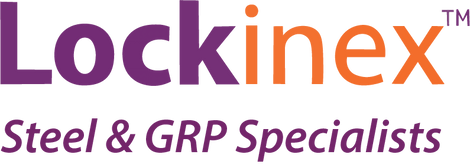As an owner of a construction company, ensuring compliance is one of the most important things you can do for the safety of your employees. Working at height is incredibly dangerous, no matter how big or small the job is, you need to ensure compliance at all times.
Roof access is an essential part of most construction companies in the UK, and as an unavoidable aspect of the job, it’s crucial to ensure you’re keeping your employees, and the public safe at all times.
When it comes to staying compliant, there are several different ways to ensure you have the best practices in place. Identifying and mitigating hazards is a key factor in preventing workplace accidents, especially when working at height. A number of things can go wrong, from falls to fragile roofs and unstable surfaces. This is our guide to keeping compliance and ensuring safe roof access.
What Are The Current Regulations For Roof Compliance?
In the UK, the Health and Safety Executive (HSE) is the body responsible for regulating working from height. They’re a government body that provides guidance and enforces these guidelines to ensure the health and safety of your employees are being prioritised.
Employers have a legal duty to assess the risks of working from heights and take the necessary measures to prevent falls and accidents. As a business owner, it is crucial that you remain compliant and provide the proper equipment and adequate training your employees need to be safe at work at all times.
Risks For Working At Height
Risks exist on any construction site, but these increase tenfold when work is undertaken at height. Identifying hazards is a key element in ensuring roof compliance on your job site.
These are some of the common risks you may encounter when it comes to working at height.
The Weather
The weather is a significant risk when it comes to roof access. Rain, ice, and wind are some of the factors that can make working at height incredibly risky. These conditions can make the roof slippery, which poses a big risk for falls and slips for your employees.
Overall Stability
Before undertaking any work on a roof, you need to ensure it is stable and able to hold the weight of not just employees but also safety equipment and tools. Having a stable roof is key for ensuring the overall safety of your employees and minimising the risks of accidents or falls.
Edge Awareness
This factor is occasionally overlooked, but it is crucial nonetheless. Losing track of the roof edge can be a huge cause of concern when it comes to safely undertaking jobs at height. Having a roof edge guardrail system in place is one of the easiest ways to minimise the risk of falls from the edge of the roof.
Safety Solutions For Safe Roof Access
There are a range of safety solutions you can implement to help mitigate risks associated with working at height. These solutions are uniquely tailored to your needs and the industry you are working in. These solutions include collective roof guardrails, personal fall protection lines/harnesses and access ladders.
You should also ensure that every member of your team is adequately trained and knows all the best practices for roof compliance.
How Can We Help?
At Lockinex, your safety and that of your employees are our top priority, so we have a range of bespoke solutions tailored to you and your industry. Roof compliance is the most important thing to ensure you keep your employees safe at all times.If you need further guidance on ensuring roof compliance, you can contact a member of our expert team today.

